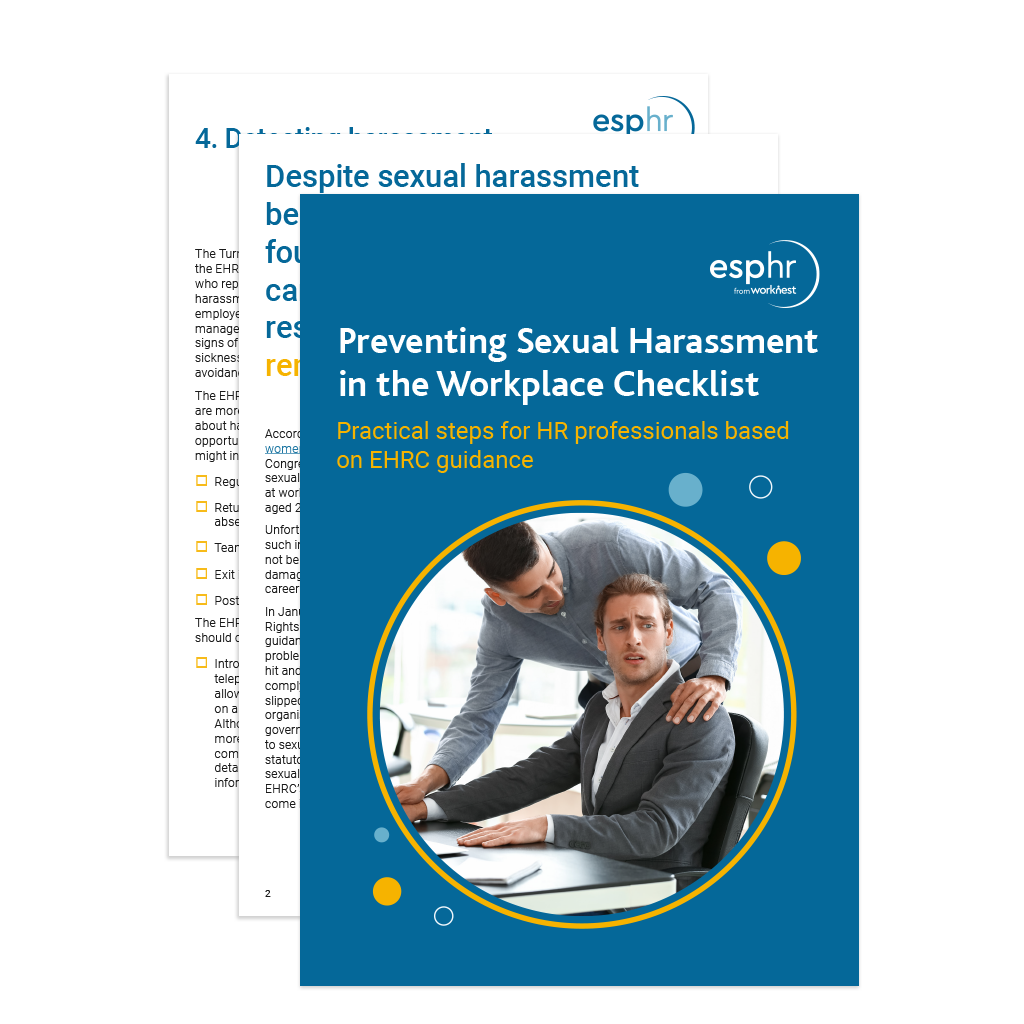ADHD (Attention Deficit Hyperactivity Disorder) is a neurodevelopmental disorder characterised by difficulties with attention, focus, hyperactivity, and impulsivity. Given there has been a rise in employment tribunal claims relating to discrimination and neurodiverse conditions in recent years, it’s crucial for HR teams to understand how they can effectively support employees with ADHD in the workplace.
This makes how to manage someone with ADHD at work a vital topic for your business to consider. And this expert overview explores the traits of the condition and what HR and organisations can do to better support professionals at work.
Understanding ADHD at work
Many adults with ADHD can perform their jobs successfully, and find that their ADHD traits (ie. high energy, problem solving, creativity, hyper focus) are significant benefits in the workplace.
However, having ADHD can lead to challenges such as decreased productivity, missed deadlines, and difficulty prioritising tasks. For businesses, as well as impacting productivity, they may also see higher turnover rates, and increased costs associated with training and rehiring.
Working with someone with ADHD can be very beneficial for your business, but you should also be aware of some of the challenges you may face if you don’t offer suitable support.
How to manage someone with ADHD at work
In the UK, The Equality Act 2010 sets out the legal requirement for employers to make reasonable adjustments in the workplace for employees or job applicants who have a disability or long-term health condition. ADHD qualifies for both. It is also not uncommon for individuals with ADHD to have coexisting conditions, such as anxiety and depression.
Under the Act, a disability is defined as “a physical or mental impairment that has a substantial and long-term adverse effect on a person’s ability to carry out normal day-to-day activities.” This includes a range of conditions such as physical disabilities, mental health issues, learning disabilities, and chronic illnesses.
Employers are required to make reasonable adjustments to ensure that disabled employees and job applicants are not disadvantaged compared to non-disabled individuals. How to support an employee with ADHD can include adjustments such as:
- Adapting the working environment: This may involve physical changes to the workplace, like installing ramps or adjusting workstations to accommodate mobility difficulties.
- Altering work patterns: This could mean changing work hours or location to accommodate an employee’s disability.
- Providing additional support: This might include offering extra training or supervision to help an employee with a disability perform their job effectively.
- Adjusting recruitment processes: This may entail allowing job applicants with disabilities to participate in the recruitment process differently, such as using alternative interview formats or granting additional time for assessments.
The adjustments made must be reasonable, taking into account factors such as the size and resources of the employer, the nature of the work, and the impact on the business. An employer isn’t obliged to make adjustments that would cause undue hardship, significantly impacting the business’s operations or incurring disproportionate costs.
Failure to make reasonable adjustments may result in an employee bringing a claim for discrimination under The Equality Act 2010.
Practical list of ADHD adjustments at work
To support your employee, the following are ideas for making their working life easier. Remember, you should always speak to them in a confidential meeting to determine the suitable adjustments for their specific needs.
Working space adjustments
A person with ADHD can find the noise and distraction of an open plan office difficult to work in. Adjustments could include the provision of a quiet office with a door that can be closed, locating to a smaller room with less people, locating away from distractions, or working from home more.
Hot desking
An ADHD person’s entire workday can be defined by their desk position. Not knowing where they can sit, whether they can work that day, can be a source of significant anxiety. Getting the “best desks” can also be inadvertently discriminatory by over rewarding those able to come in earlier (for instance those with childcare obligations don’t have this option).
Adjustments are similar to those working space adjustments above, but could also include having a reserved permanent desk, implementing a desk booking system, or reserving a quiet area where that is adequate enough to always have capacity.
Noise reductions
An ADHD person can find noise very distracting, making it impossible to focus. Relocating the person to somewhere quieter or providing noise cancelling headphones can help lessen distractions.
Reconsidering project deadlines
Increasing manager check-ins can be beneficial to ensure that ADHD employees stay on track with their tasks and deadlines, and provide them with necessary guidance and support along the way.
Exploring software project management solutions can also help organise tasks and deadlines effectively, and allowing employees to block out chunks of uninterrupted time can provide opportunities for hyperfocus, enabling them to work more efficiently and productively. Moreover, reducing the number of meetings can help minimise distractions and allow individuals to focus their attention on their work tasks.
Assessing policies and processes
ADHD accommodations at work should also consider educating colleagues on neuroinclusion, and promoting workplace discussions to increase understanding and empathy, can help create a supportive environment where employees feel comfortable disclosing their needs.
In larger organisations, conducting anonymous surveys can provide insights into how many more people within the organisation have disabilities but haven’t declared them for fear of discrimination. HR policies should include robust anti-bullying and anti-discrimination measures, with specific reference to neurodiversity, to ensure that all employees are treated fairly and respectfully.

